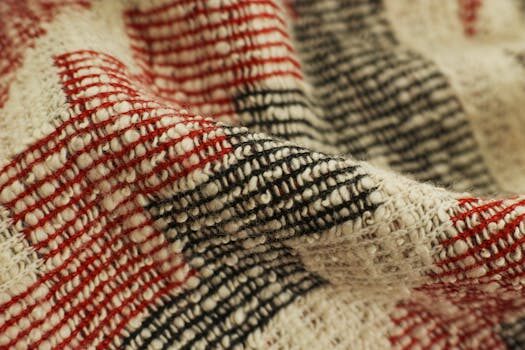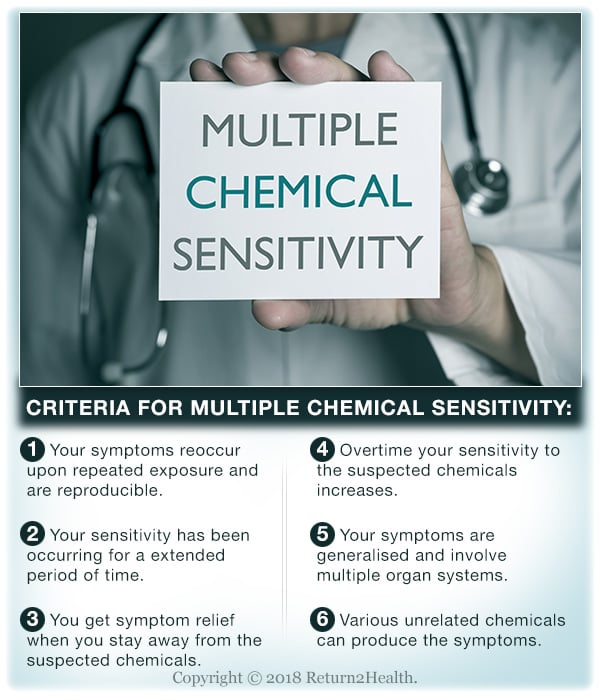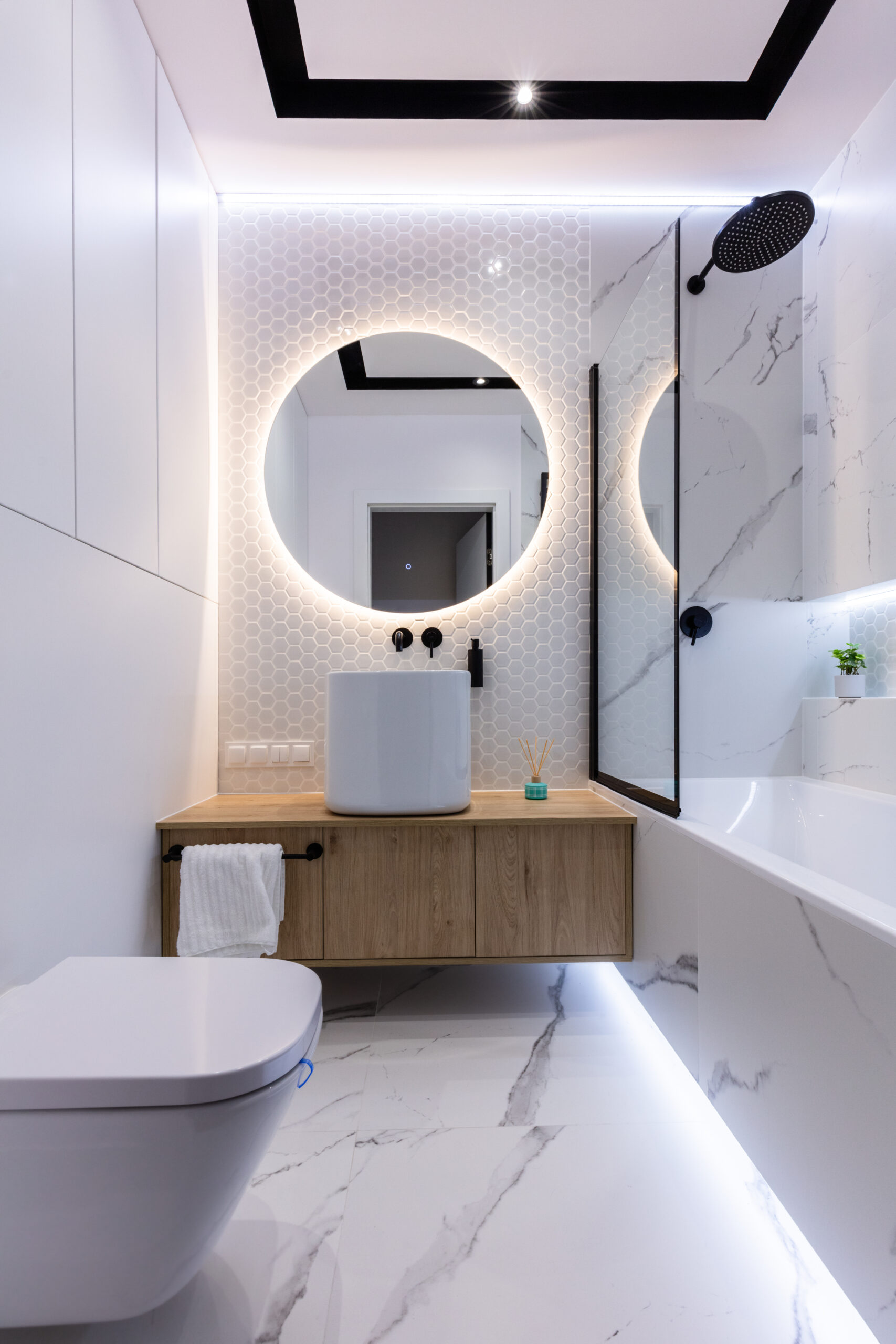When it comes to decorating your home, choosing the right rug is not only a matter of style but also of health. Rugs can be a significant source of indoor air pollution due to the chemicals involved in their production. Opting for natural and non-toxic rug brands is a healthier choice for your family and the environment.
Understanding the importance of selecting eco-friendly rugs, this article will introduce you to the 3 best natural and non-toxic rug brands, guiding you through their benefits and how to identify and care for them, ensuring a safer and more sustainable home.
What Are Non-Toxic Rugs And Why Do They Matter?
Non-toxic rugs are those made without harmful chemicals that can off-gas and pollute indoor air. These rugs are especially important as they ensure safer environments for children, pets, and allergy sufferers.
Many conventional rugs contain volatile organic compounds (VOCs), which are linked to numerous health problems. The absence of VOCs in non-toxic rugs significantly reduces the risk of respiratory issues and other health concerns.
Choosing non-toxic rugs is a step towards sustainable living. It supports ethical manufacturing practices and promotes the use of renewable materials, reducing environmental impact.
How To Identify Non-Toxic Rugs For Your Home?
To ensure you’re choosing non-toxic rugs, look for certifications like the Global Organic Textile Standard (GOTS) or rugs labeled as free from synthetic materials and harmful adhesives.
Examine the materials used in the rug. Natural fibers like wool, cotton, jute, and sisal are good indicators of a non-toxic rug.
Do not hesitate to ask manufacturers about their production process. Transparency about sourcing and manufacturing is a sign of a trustworthy and eco-conscious brand.
Inquire about the dyeing process as well. Natural or vegetable-based dyes are preferable to their chemical-laden counterparts.
Finally, consider the odor of the rug. A strong chemical smell can be indicative of VOCs present in the rug’s materials.

What Materials Are Used To Make Eco-Friendly Rugs?
- Wool: A sustainable and durable option that naturally repels dirt and stains.
- Cotton: Easy to clean and often used in rugs with a softer feel.
- Jute: A biodegradable material with a distinct, earthy texture.
- Sisal: Known for its resilience and suitability for high-traffic areas.
- Seagrass: Appreciated for its robustness and natural resistance to stains.
What Are The Benefits Of Using Non-Toxic Rugs?
Non-toxic rugs offer several advantages, including improved indoor air quality by eliminating the off-gassing of harmful chemicals.
They are generally hypoallergenic, reducing the likelihood of allergic reactions often triggered by synthetic materials.
Environmental stewardship is another benefit. By choosing eco-friendly rugs, you’re supporting sustainable practices that have a lower impact on the planet.
Moreover, non-toxic rugs are often more durable and last longer than their synthetic counterparts, providing better value over time.
These rugs also contribute to a cozier and more inviting home aesthetic, thanks to their natural textures and materials.
How To Care For Your Non-Toxic Rugs?
To care for non-toxic rugs, regular vacuuming is essential. This removes dirt and dust that can wear down the fibers over time.
Address spills immediately with a clean, damp cloth to prevent staining. Always blot instead of rubbing to protect the rug’s fibers.
For deeper cleaning, consider hiring a professional service that uses non-toxic cleaning agents, or use gentle, natural solutions like baking soda and vinegar.
Avoid placing non-toxic rugs in areas with prolonged direct sunlight, which can cause fading and weaken natural fibers.
Rotate your rugs periodically to ensure even wear and to maintain their appearance and longevity.

Where Should Non-Toxic Rugs Be Placed In Your Home?
Non-toxic rugs are ideal for all areas of your home, but they are especially beneficial in spaces where you and your loved ones spend the most time.
Children’s rooms and nurseries are great places for non-toxic rugs, as young ones often play on the floor and are more susceptible to toxins.
Consider placing them in living rooms and bedrooms, where comfort is paramount, and clean air quality is essential.
Non-toxic rugs can also be a good choice for kitchens and dining areas, where spills are common and easy-to-clean features are valuable.
Remember, the placement of a rug can influence its longevity. High-traffic areas require durable materials like sisal or seagrass.
Additional Insights on Non-Toxic Rugs
Discovering more about non-toxic and natural rug options can be incredibly enlightening. To dive deeper into the world of eco-friendly home decor, check out this insightful video:
Frequently Asked Questions About Non-Toxic Rugs
What Are Natural, Organic Rugs?
Natural, organic rugs are carpets made from materials that are grown and processed without the use of synthetic chemicals or pesticides. These include wool, cotton, jute, and hemp.
Organic rugs are known for their minimal environmental impact, as they are produced through sustainable practices that prioritize the health of the soil and ecosystems.
Where Should Non-Toxic Rugs Go?
Place non-toxic rugs in areas where you aim to create a safe and comfortable environment. Bedrooms, playrooms, and living areas are ideal locations for these health-conscious home additions.

Ensure that the rugs are positioned away from high-moisture areas to preserve their natural fibers and extend their lifespan.
How To Know If A Rug Is Non-Toxic?
Check for certifications like GOTS or Oeko-Tex, which indicate the rug has been tested and meets standards for being free from toxic substances. Additionally, research the brand’s reputation for sustainability and safe manufacturing processes.
Ask detailed questions about the rug’s materials, dyes, and adhesives to ensure they align with non-toxic standards.
What Materials Are Used To Make Eco-Friendly Rugs?
Eco-friendly rugs are typically made with natural fibers such as wool, cotton, jute, sisal, seagrass, and bamboo. These materials are renewable and have a lower environmental footprint compared to synthetic alternatives.
They are also often processed using less water and energy, further contributing to their sustainability.
What Are The Benefits Of Non-Toxic Rugs?
Non-toxic rugs contribute to healthier living spaces by eliminating exposure to harmful chemicals. They’re a crucial aspect of creating a safe home environment, particularly for families with young children or pets.
These rugs are also durable and biodegradable, reducing waste and supporting a circular economy.
Choosing the right rug is not just about the design; it’s also about health, sustainability, and making a positive impact on the environment. By selecting one of the 3 best natural and non-toxic rug brands, you’re making a healthier choice for your home.
 Detox your wardrobe: natural clothing materials + laundry tips to keep toxins off your skin
Detox your wardrobe: natural clothing materials + laundry tips to keep toxins off your skin





I really appreciate this guide on non-toxic rugs! It’s great to see more emphasis on eco-friendly options that are both stylish and health-conscious. I’ve been trying to make more sustainable choices for my home, and this post has given me some awesome insights on what to look for. Thanks for breaking down the benefits and care tips so clearly!